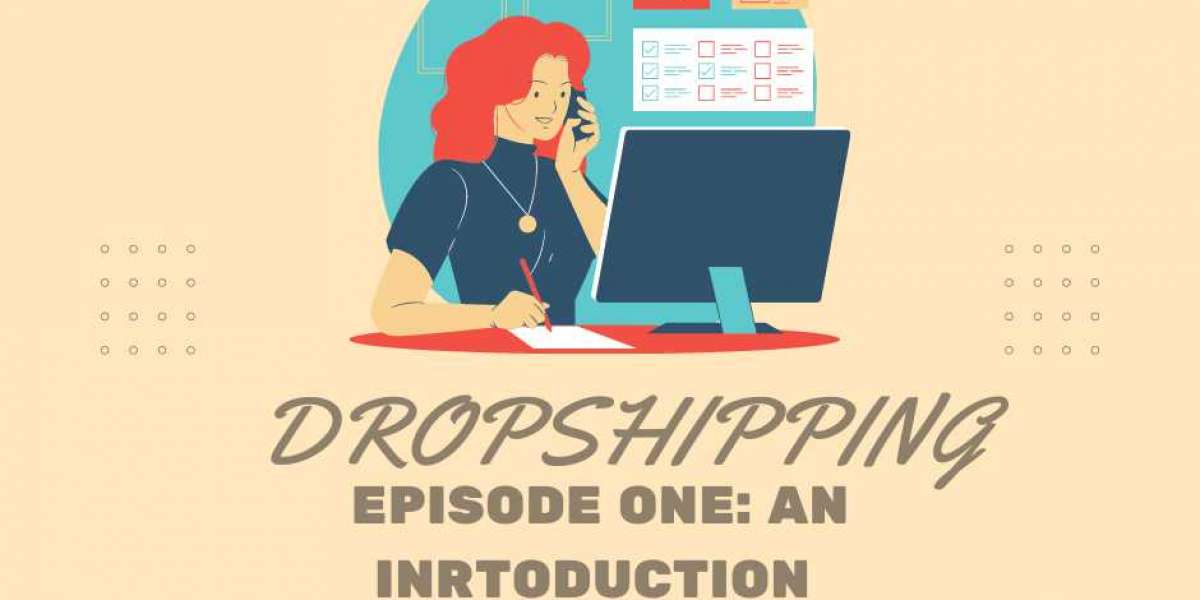Comprehensible input
The key to effective language acquisition is comprehensible input, or materials you can understand without requiring full comprehension. The materials you are presented with should be a bit above your level, but not so far above that you cannot comprehend it. This is known as the Goldilocks zone of language learning. If you have trouble understanding a piece of content, you can look it up or listen to it again.
Teachers should provide context-embedded input, which breaks down learning into small, manageable chunks and scaffolds each one with structure. They should tailor these chunks based on student interests, as well as including them in conversations. For example, they can use hand gestures and visual aids to provide context. These types of learning materials can enhance language retention by activating prior knowledge. Incorporating context cues into language teaching is critical in improving language learning.
While the process of language acquisition is largely unconscious, comprehensible input is critical. Whether it is reading or speaking the language, comprehensible input is essential for successful language acquisition. This is because the subconscious language learning process requires that students receive input that is just a little bit more advanced than their own level. If they are exposed to too much of the same type of input, they will lose interest in the language and become frustrated.
As an English language learner, the concept of comprehensible input is crucial to improving language acquisition. In this theory, the teacher provides EL students with high-quality, relevant input in a language that is just beyond their current proficiency. The purpose of comprehensible input is to help students make use of their previous knowledge to better understand the new concepts and vocabulary. This type of input is especially important for ELL students.
MORE ARTICLE
How to develop your voice and become a successful singer
How to choose the best budget phone in 2022
Deductive work
When teaching a language, a teacher should take a deductive approach rather than an inductive one. A deductive approach begins by providing examples, rules, and practice. A learner-centered approach, on the other hand, starts with examples and asks the learner to find the rules and grammar themselves. A deductive approach may be more effective for lower-level learners who do not have the training to find rules on their own.
Both approaches have their benefits and draw on previous experiences to make learning easier. The deductive approach requires a teacher to introduce a rule or model, then let the student apply it to further examples. This approach tends to increase retention, but is not ideal for everyone. Learners may need to be introduced to both types of learning methods, or may need a combination of the two. In general, though, inductive methods are best for beginner learners.
The deductive approach is another popular way to teach a language. It involves teaching rules and structures to students, and allowing them to infer meaning and application by comparing them to examples. This approach is effective for early application of a new language, as students learn rules and structures by completing exercises. However, it can lead to dependency on teachers. This approach should be used with caution, as the risk of making students "adrift" when they begin to work on their own is high.
The deductive approach, however, is less effective in the long run. Learners will need more time and effort to catch up with the language. Deductive methods can be difficult to master, and adults may be surprised at how little they know. Inductive methods are easier to memorize and understand. Inductive methods also tend to stick in the memory for longer, which makes them more valuable over time. But both methods can be effective.

Practice with a native speaker
When learning a new language, one of the best ways to master it is to practice with a native speaker. Not only will you get to learn a new language from a native speaker, but you will also gain a new perspective on the target language. For example, speaking with a native speaker will help you learn their accent and how they say words. Additionally, it will help you overcome any stage of language learning when you feel intimidated.
There are many benefits of practicing with a native speaker. First of all, you will be able to hear how they say certain words. Then, you can listen to the audio recordings and judge whether or not you are pronouncing the words properly. You can also practice your pronunciation by talking to a mirror or talking to someone in person. If you can't find a native speaker in your area, try to converse with a friend or family member.
Another benefit of practicing with a native speaker is the opportunity to learn the cultural nuances of the target language. Apps and classes cannot fully teach you the nuances of a foreign language. This is why you need to spend some time speaking with a native speaker to gain a deeper understanding of the language. A native speaker can be a great sounding board and a valuable support system when you're making your first steps in language production.
Speaking with a native speaker is also beneficial when learning a more complicated language, such as Chinese or Japanese. By speaking with a native speaker, you will get a more accurate pronunciation and an understanding of the local culture. You will also be able to communicate with more native speakers when traveling to those countries. Aside from this, you'll have a fun time while you learn. With so many advantages to learn a new language, you'll want to take advantage of them.
Getting a study partner
Finding a language exchange partner can be extremely helpful. This type of exchange allows you to meet and converse with a native speaker of the language. When looking for a partner to exchange language with, ensure that the person matches your enthusiasm, focus, and preparedness level. While it may take a few tries to find the perfect partner, there are numerous ways to find one online. However, a language exchange partner is not necessarily a great friend, and they might not make the best teaching partner in any other situation.
However, it does have its advantages. A language learning partner must be passionate about the subject and genuinely interested in conversation. Without this passion, they won't be as committed to learning the language as you are. A study partner who shares the same passion will be much more likely to join your language learning sessions. This makes it a much more fulfilling experience for both of you. You can both learn a lot by working together!
The most important aspect of a language exchange partner is the ability to practice the language together. If you have someone with a higher level of language than you are, your exchange partner will be more willing to help you. By working together, you can practice your language skills and make new friends while exchanging language with them. You can even make practice sessions more efficient if your language exchange partner has a similar level of fluency.
Having a language exchange partner can also be a great way to get feedback from a native speaker. Seeing a friend's confused "????" on their face has a repairing effect. Seeing that your language exchange partner has noticed your mistakes is a powerful motivating factor. When you see their face, you will immediately feel motivated to practice your language more diligently. A study partner can make the difference between learning and speaking a new language.
Working backwards
To get a clearer idea of how to create a product, start with the end in mind. By defining your end user's needs, you can better envision the final product and focus on the features and benefits your customers want. By thinking ahead, you can also plan for challenges and anticipate them. Here are some examples of products that have been created this way. It will be easy to see why this approach is beneficial to creating a product.
To understand the benefits of working backwards, we must first define our goal. The goal is to create a product that is as effective as possible. The process involves talking to users and asking them probing questions. After asking them, we should write down their feedback. Startups and large companies both apply the working backwards framework to create products. This process ensures quality, and it increases the odds that the product will resonate with the target audience.
Amazon has successfully used this strategy to drive their business, and the authors explain how this method can be replicated in other organizations. Although they may be based on a business model that works, they still maintain an advantage in terms of results. In Working Backwards, authors take a position of power in their business. The book assumes a power position and suggests that other companies can adopt similar techniques. While this approach may work in some cases, many people are skeptical of its effectiveness.
Another popular method for learning a foreign language is to begin with the end. Once you've established what areas you want to learn, you can move forward. By starting from the end, you'll avoid spending a large amount of time on topics that are not important. By starting with the end in mind, you'll spend the majority of your time on the important topics. The result will be improved learning.




Mimi 2 d
Nice